Conservation biology is an interesting field that deals with safeguarding the Earth's biodiversity. Read through this story for the job description of a conservation biologist.
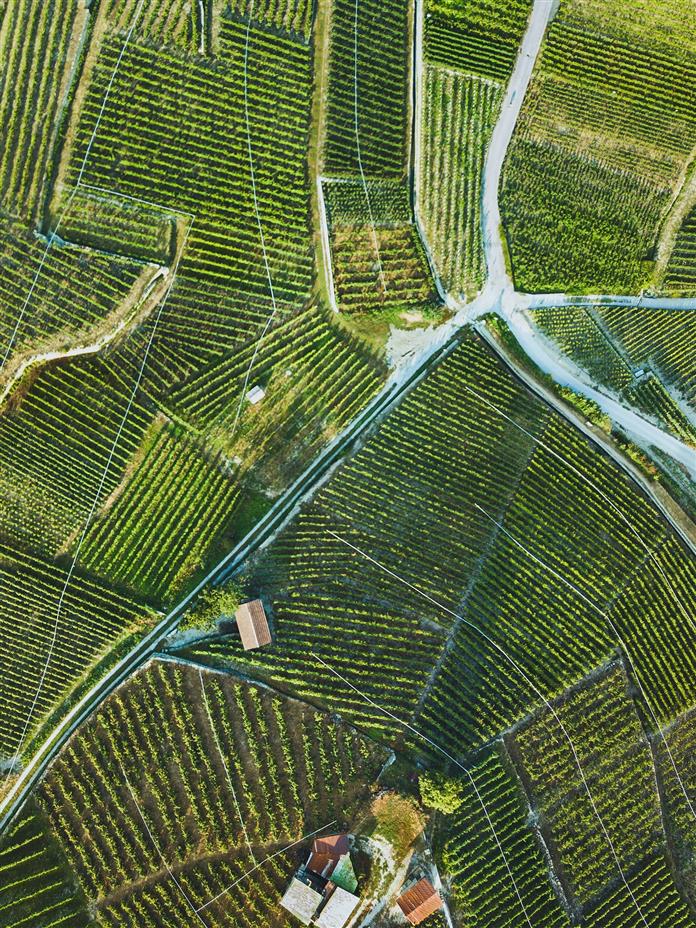
Tap to Read ➤
Conservation Biologist Job Description
Sucheta Pradhan


Conservation biology is an interesting field that deals with safeguarding the Earth's biodiversity. Read through this story for the job description of a conservation biologist.

The conservation of natural resources is the fundamental problem. Unless we solve that problem, it will avail us little to solve all others.
~ Theodore Roosevelt

Increasing threats to the Earth's biodiversity and figuring out ways to conserve it, is a subject of numerous heated discussions these days. There are several species of plants and animals which are endangered today, and several others which are on the verge of extinction.

It is indeed a pity that we could do nothing much to make those species survive that are extinct now. But, we can definitely strive to safeguard and protect those rare species which are now endangered or vulnerable. The least we can do is, to try to protect the biodiversity of our planet, so that we can live a healthy life and have an unhindered existence.

Conservation biology is a branch of science that deals with the study of nature with respect to safeguarding the biodiversity of the Earth. The major aim of this discipline is to conserve and protect various species of plants and animals from going completely extinct. This can be done, largely, by protecting the natural habitats of the species, so that the respective ecosystems keep on functioning smoothly, and the balance and harmony of nature is maintained.

Job Description
A conservation biologist is a person, who keeps a keen eye on the population trends of various plant and animal species, and continuously monitors them, so that an appropriate action plan can be employed in case of contingencies. Their job also involves protecting natural resources, so that their sustainable use can be made in the future. Some of the duties of a conservation biologist are as follows:

➤ To constantly monitor the conservation activities with respect to forest land and wildlife, and see to it that they adhere to the regulations of the government.

➤ To formulate plans for the sustainable use of forests and other natural resources.
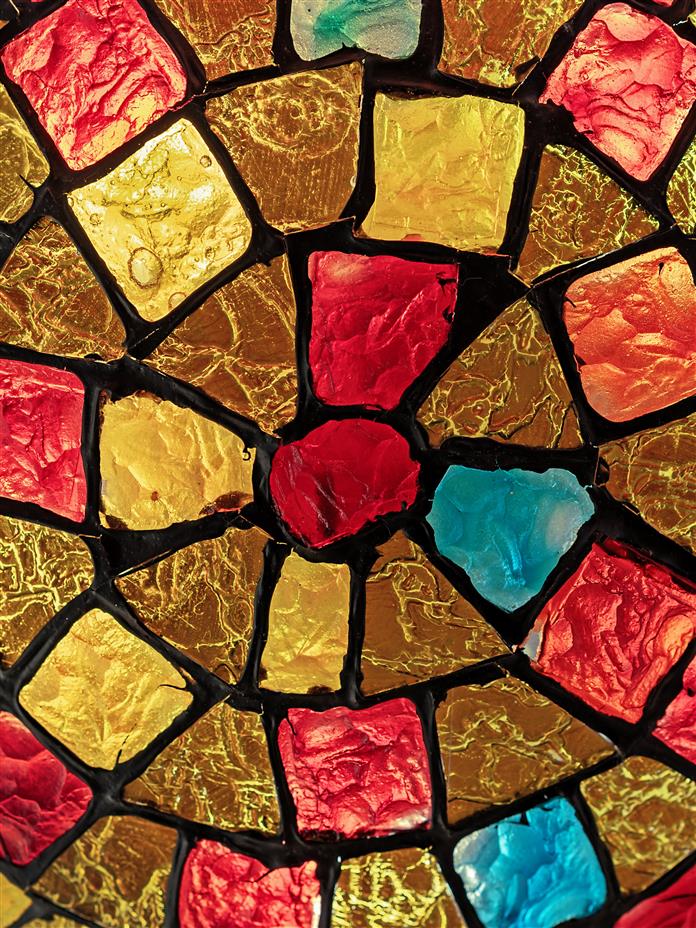
➤ To communicate with the forest officials and conservation workers, and lend them a helping hand and expertise from time to time.

➤ To plan and supervise activities such as land clearance, controlled burning, use of herbicides, and so on.

➤ To study and analyze plant and animal behavior in natural habitats, as well as controlled environment.

➤ To keep an eye on the fluctuations in the population trends of plants and animals, and make detailed reports about the same.

➤ To analyze the degree and nature of interdependence of animals and plants on each other, and also the effect of their interactions with similar and dissimilar species.

➤ To analyze why a particular species is dwindling in numbers, and to plan how such a situation may be reversed.
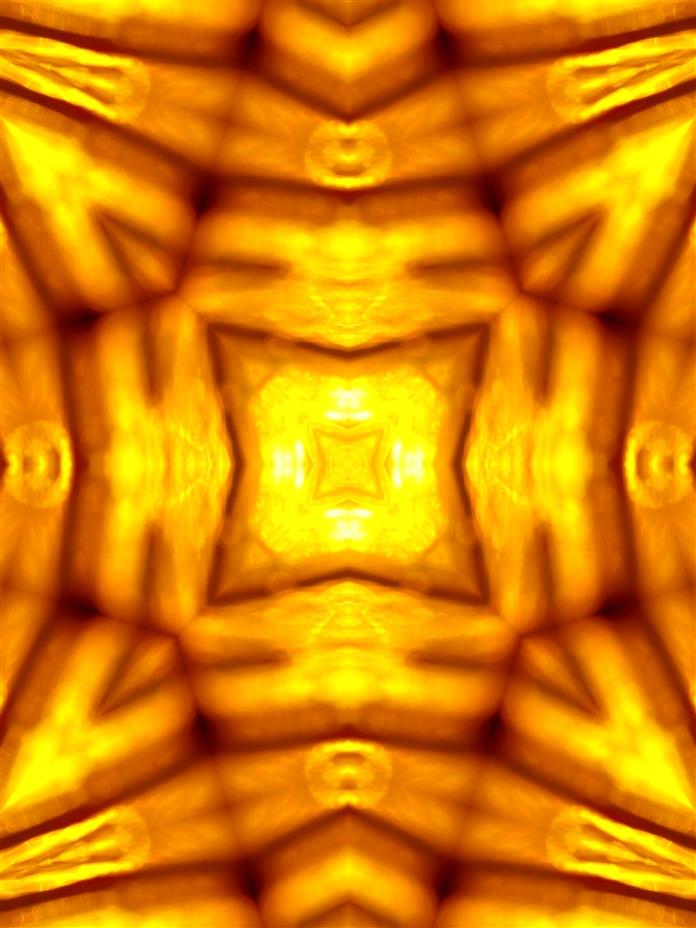
➤ To study the species with respect to their reproduction, migratory patterns, and the various diseases affecting them.
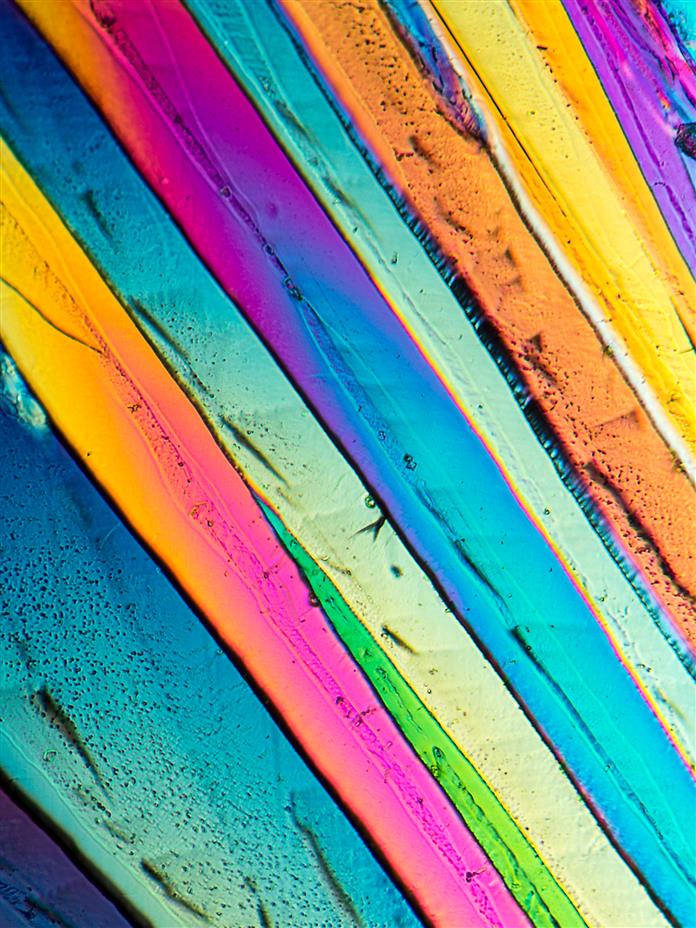
➤ To publish detailed reports and research papers based on their findings, and to present their findings before senior officials.

➤ To give suggestions and recommendations to the general public, as well as policymakers, on the conservation of wildlife and sustainable use of natural resources.

➤ To educate people about various ecological threats and proper and adequate use of land and other natural resources.

With an increase in mass awareness about ecological threats and the need to safeguard natural resources, there has been a significant growth in conservation biology as a field of study. Conservation biologists are often consulted by private landowners and farmers for gaining knowledge about sustainable land use and expansion.

Qualifications and Prerequisites
➤ According to the U.S. Bureau of Labor Statistics (BLS), the profession of a conservation biologist comes under the larger grouping of conservation scientists.

➤ To be one, one needs to have a bachelor's degree, preferably in biology.
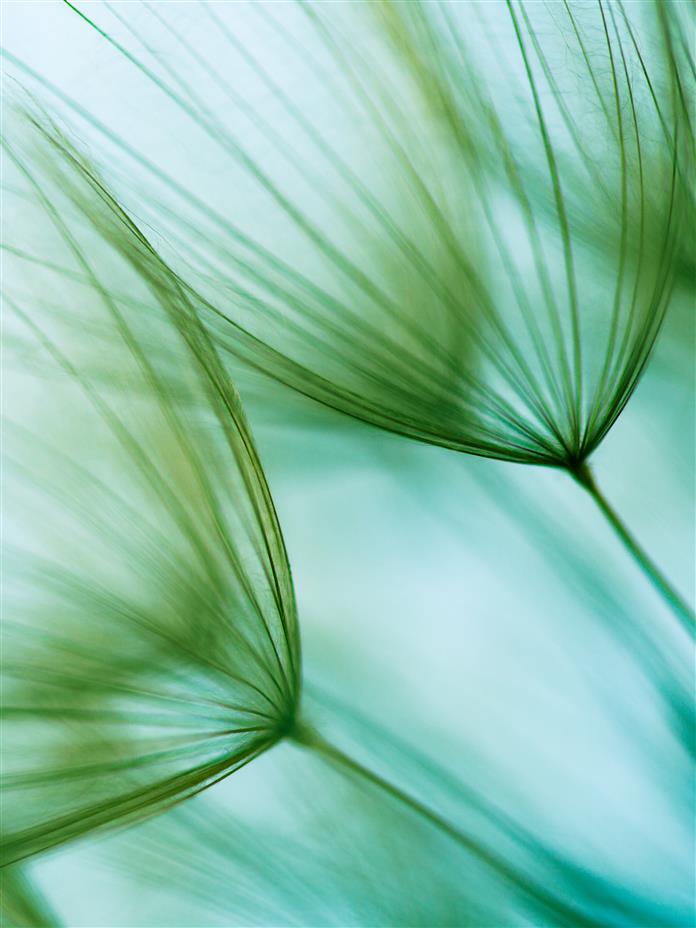
➤ However, a bachelor's degree from other related fields such as environmental sciences, zoology or agricultural sciences may also suffice.

➤ Courses in ecology, natural resource management, genetics, and chemistry are an added advantage.

➤ Proper computer knowledge, especially geographic information systems (GIS) is one of the prerequisites.

➤ Added to this, one needs to have excellent communication skills, attention to detail and an adequate knowledge of national and international legal statutes related to conservation of natural resources.

Salary Range
The salary range of a professional conservation biologist depends on several factors such as his/her geographical location, the kind of organization that he/she works with, and work experience. The average annual salary of a conservation biologist is $49,000 (approx.).
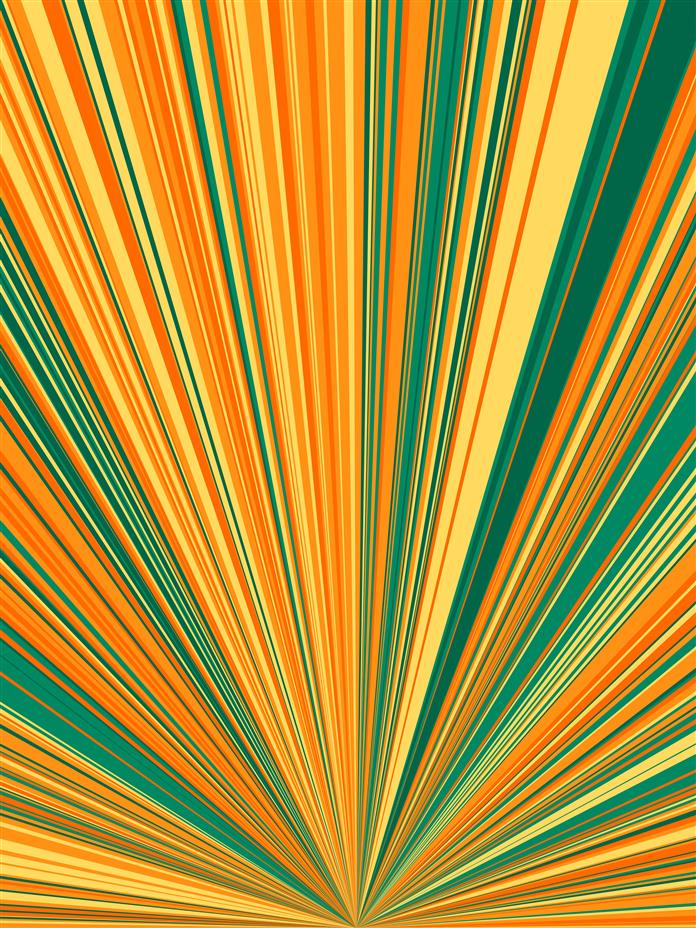
However, this depends, largely on one's qualifications. Moreover, as with the other fields, one may expect a salary hike with the increase in the duration of employment with a particular employer. The jobs in this sector are estimated to rise by 5% by 2020, according to the BLS.

Conservation biologists often work with government agencies as scientists and consultants. However, there are also a number of private agencies hiring them. Some of them may also pursue personal research and opt for various academic positions.